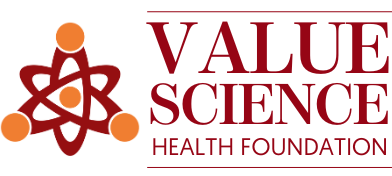Introduction:
In an era where antibiotic resistance is a growing global concern, understanding correct antibiotic use is crucial. It not only ensures effective treatment but also paves the way for significant cost savings. By exploring the recent updates from the World Health Organisation (WHO) and the National Institute for Health and Care Excellence (NICE), we can glean valuable insights into the cost-saving implications of proper antibiotic use.
The WHO’s Data Visualisation Dashboard
In 2015, the WHO launched a global action plan on antimicrobial resistance (AMR) and use (AMU), highlighting the need for robust data to combat AMR effectively. The Global Antimicrobial Resistance and Use Surveillance Systems (GLASS) was born out of this need. GLASS, which now includes data from 127 countries, territories, and areas (CTAs), provides a comprehensive set of AMR and AMU data available on a user-friendly dashboard.
The Power of Data Visualisation
The GLASS dashboard summarises resistance rates for 23 antibiotics across eight bacterial pathogens. It provides insights into the quality assurance and standards of national AMR surveillance systems. By presenting AMR rates for 2020 and 2021 and a time series of AMR rates, it allows for informed interpretation of global estimates. Further, it presents a comprehensive list of the antibacterials that constitute 75% of the overall national antibacterial consumption. Countries enrolling and reporting antimicrobial use data to GLASS have increased over time, and WHO works with governments to expand. Improvements to data quality and user experience are ongoing. WHO should release a handbook on using AMU surveillance data for policy and practice by 2024.
Updated NICE Guidance on Antibiotics
Meanwhile, NICE has recommended better targeting of antibiotics for suspected sepsis. The guideline aims for improved precision in the administration of antibiotics for suspected sepsis to guarantee prompt treatment for the appropriate individuals, while avoiding excessive usage that may contribute to antibiotic resistance. The updated guidance utilises the National Early Warning Score (NEWS2) to assess patients with suspected sepsis, ensuring that those most severely ill receive broad-spectrum antibiotics within an hour. The NICE guidance advises the utilisation of NEWS2 for evaluating individuals aged 16 or older, who are not currently pregnant, and are in an acute hospital, acute mental health facility, or ambulance, in order to investigate suspected cases of sepsis.
The Cost-saving Potential of Targeted Antibiotic Use
The annual number of diagnosed sepsis cases in the UK is at least 245,000. In 2017, the UK Sepsis Trust conducted a data study which revealed that there were 200,000 hospital admissions in England where sepsis was diagnosed. The updated guidance is expected to reduce the risk of antibiotic resistance. More importantly, to give healthcare professionals more time to investigate less severely ill patients. This more targeted approach to antibiotic use not only ensures the right treatment but also has significant cost-saving implications.
Conclusion:
In conclusion, the correct use of antibiotics, informed by robust data and targeted guidelines, holds the promise of significant cost savings. As we continue to grapple with the global challenge of antibiotic resistance, these insights offer a beacon of hope.




